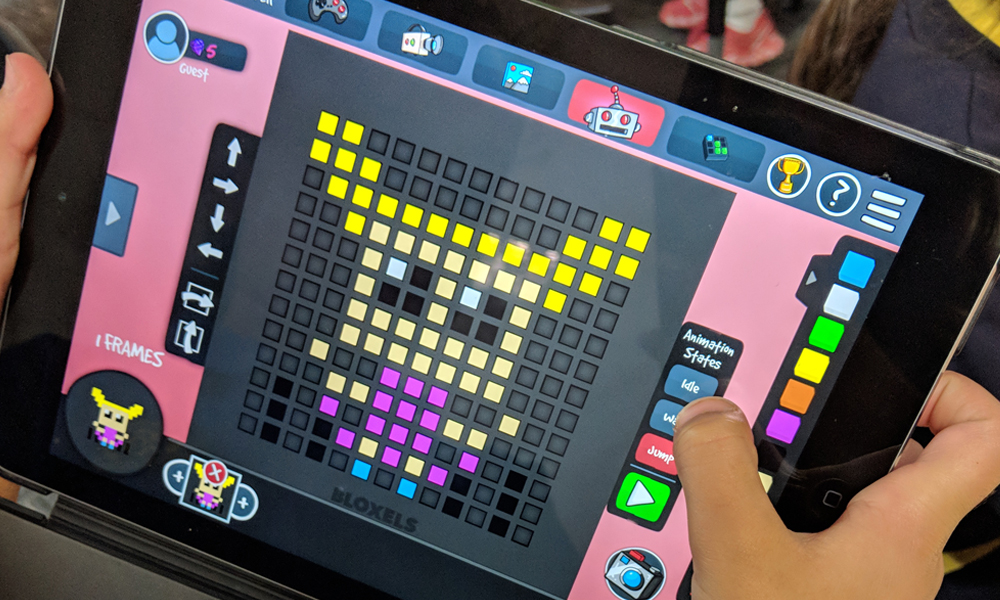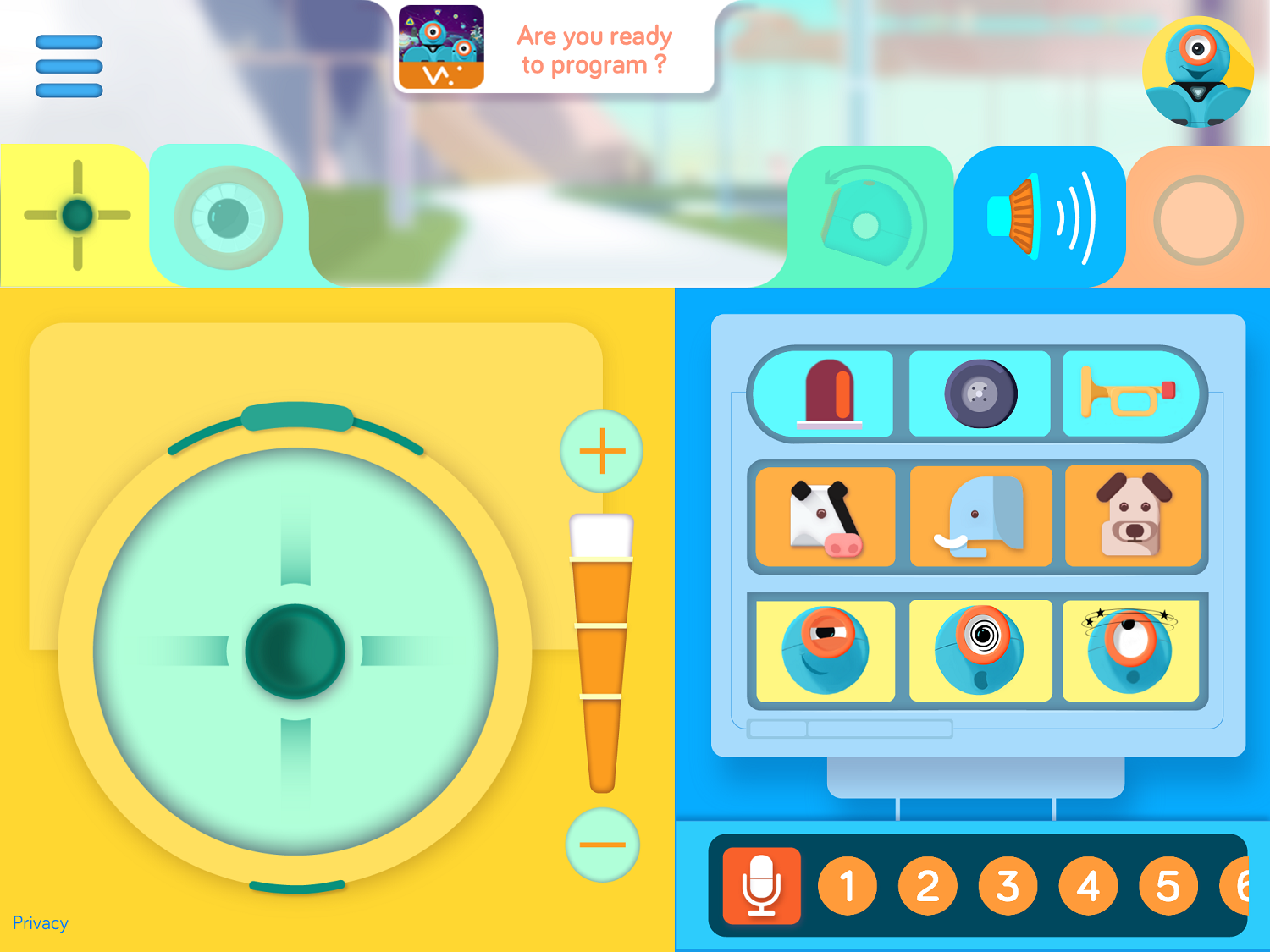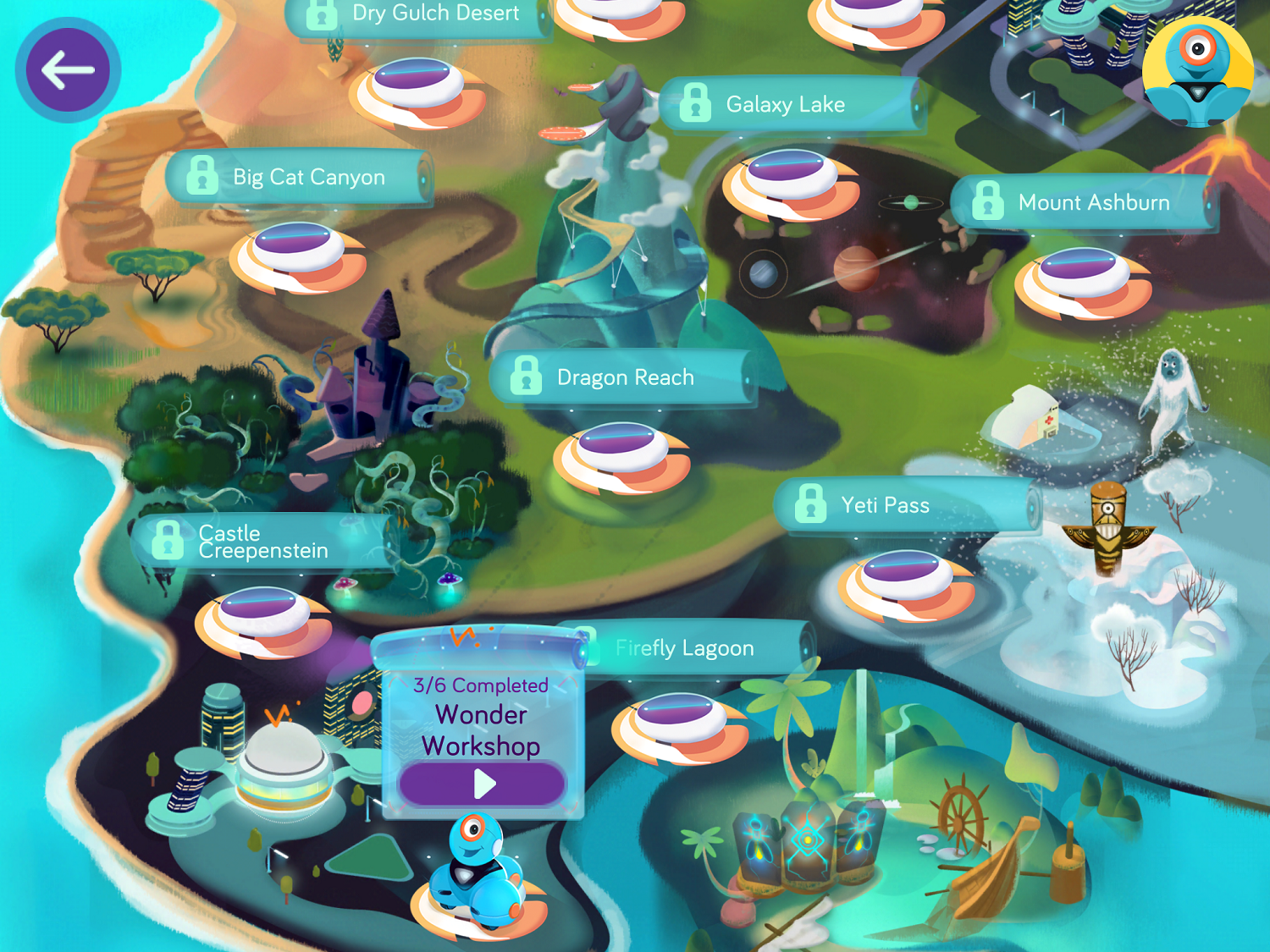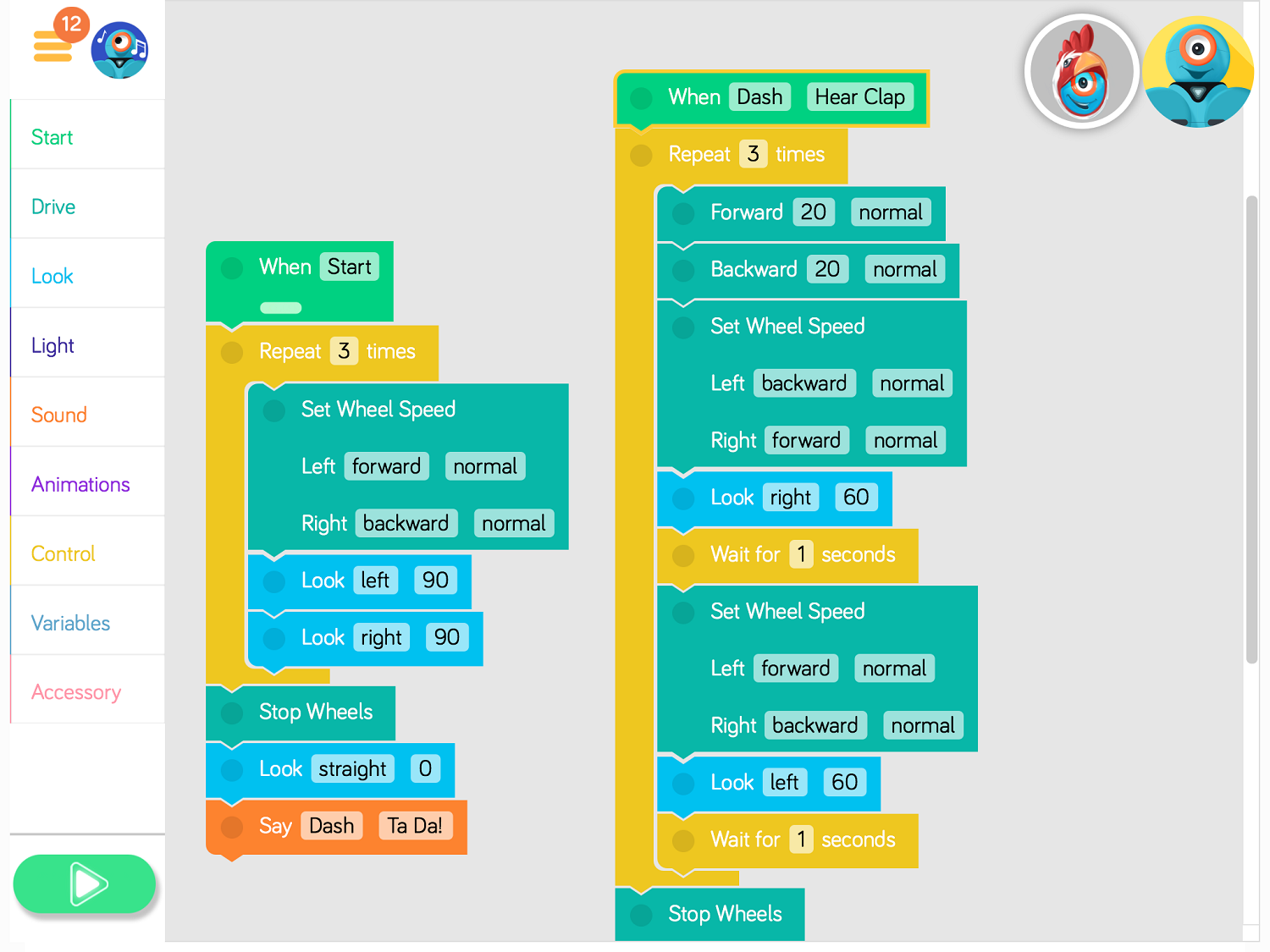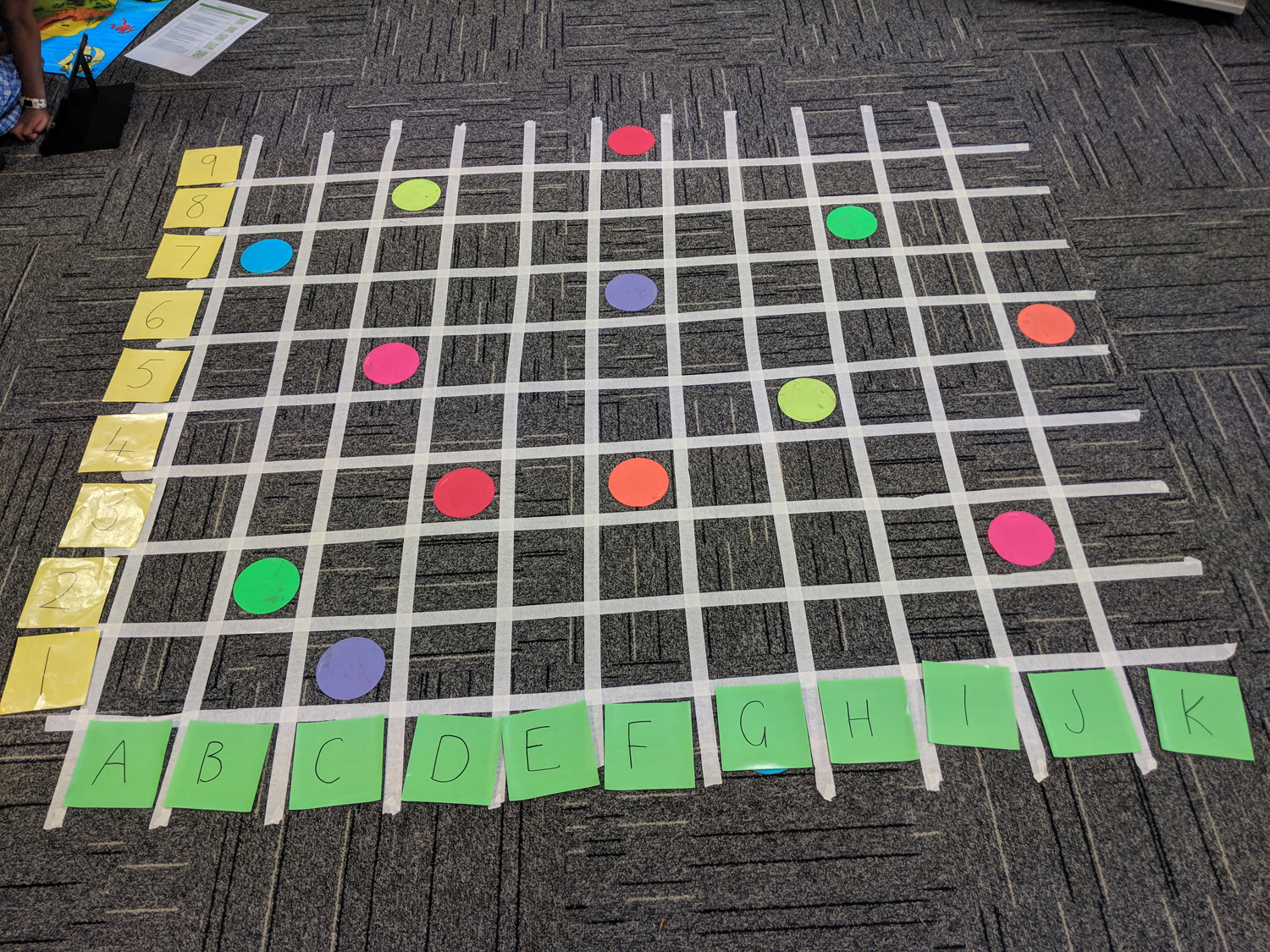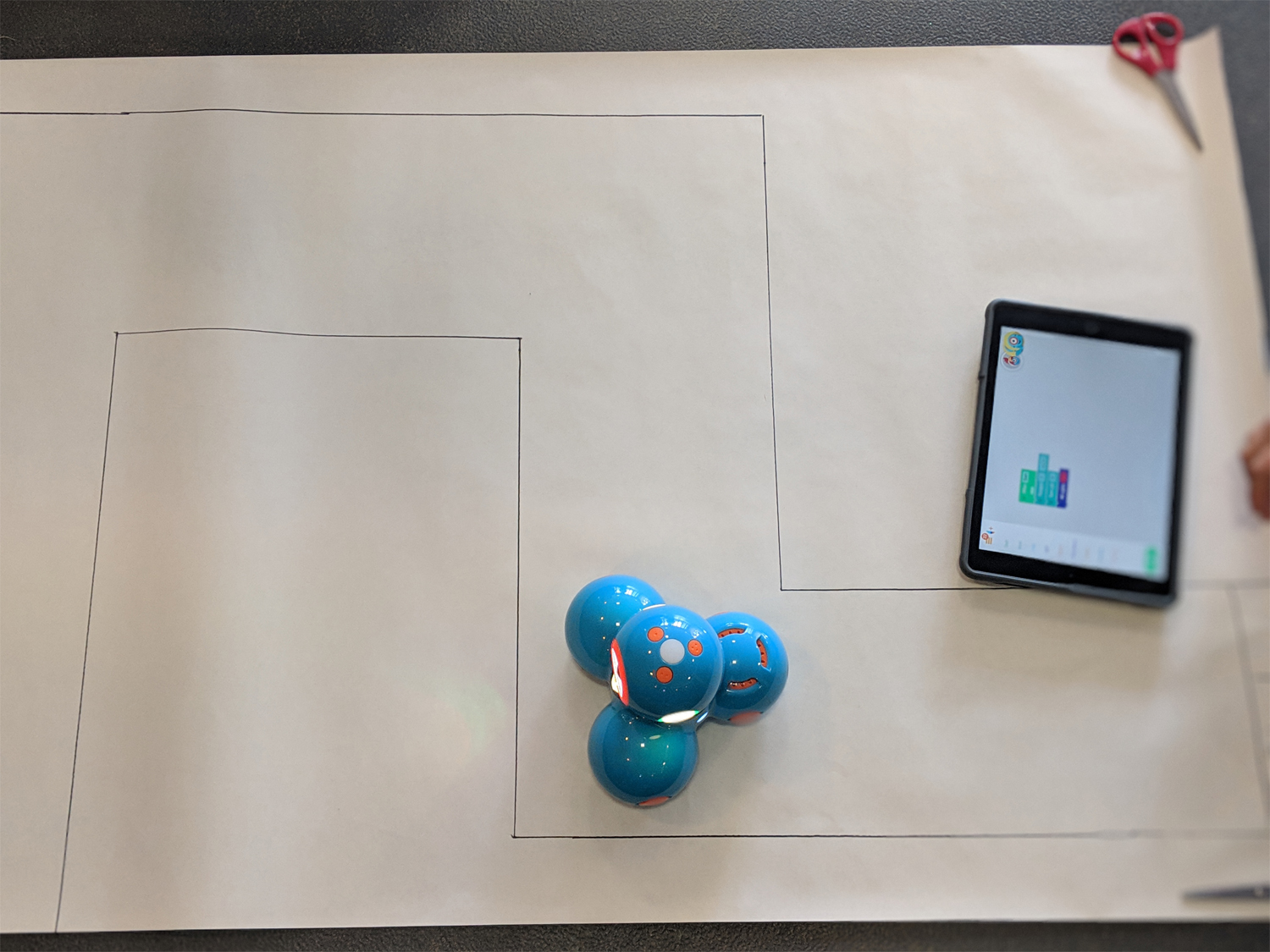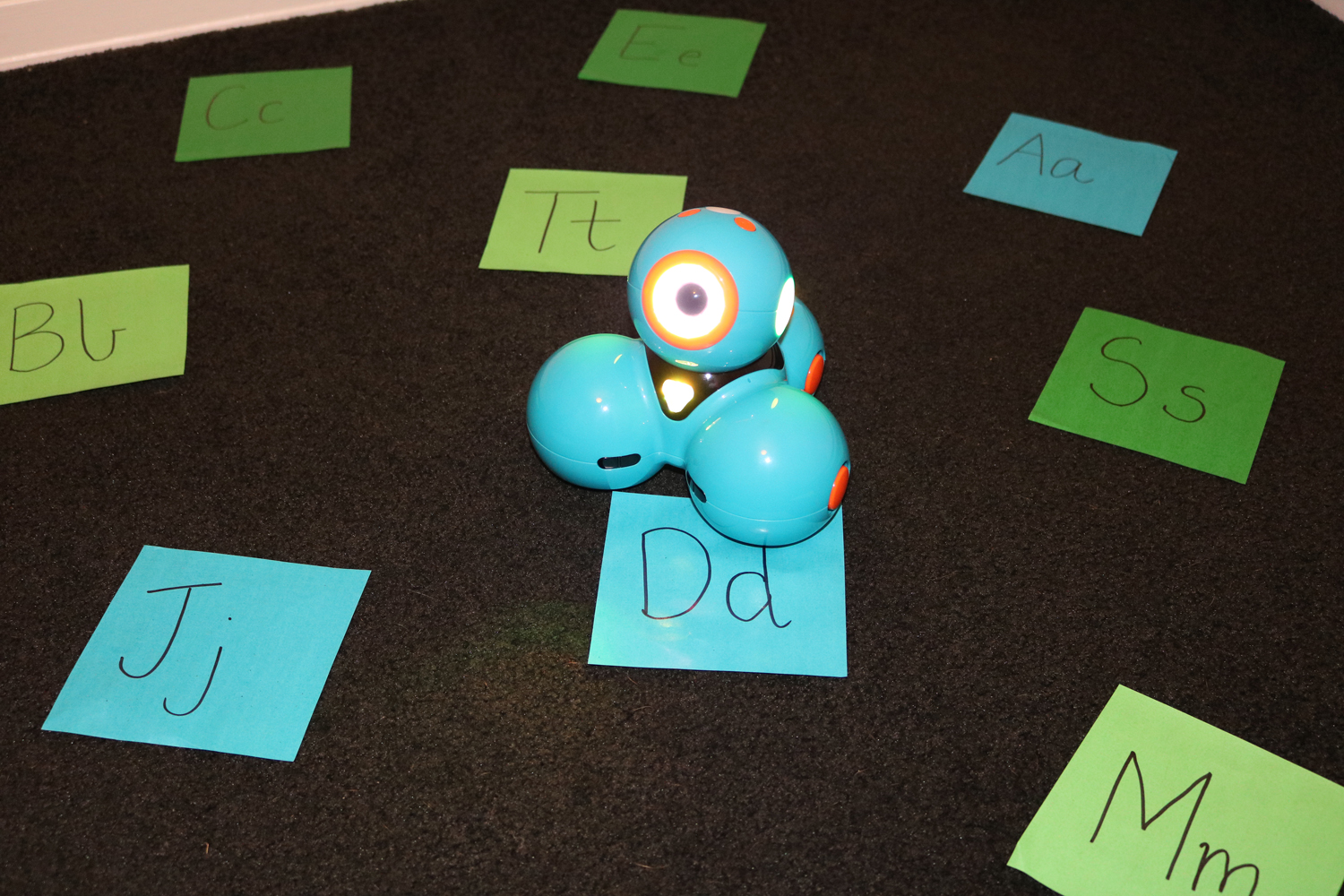After teaching in the classroom for the past seven years, I have been fortunate and excited to have moved into the role of Leader of Curriculum & Innovation at my school. This means I no longer have my own class, and allows me the opportunity to work closely with all teachers across our school to unpack the curriculum to design, plan and implement innovative and creative learning opportunities for our students. As teachers, we need to ensure we are designing learning experiences for our students that cover a range of topics and skills to support them for their future. This is what I love.

In recent years, the addition of the Technologies strand to the Australian Curriculum has led to many teachers calling the curriculum ‘overcrowded’ and reporting that there is just ‘not enough time to teach everything’ that it encompasses. I wholeheartedly agree with these sentiments if the curriculum is taught in silos, but by taking an integrated approach across the curriculum, teachers can design learning experiences that cover several learning areas at the same time.
The Australian Curriculum states that the learning area of Technologies aims to develop the knowledge, understanding and skills to ensure that, individually and collaboratively, students:
- investigate, design, plan, manage, create and evaluate solutions;
- are creative, innovative and enterprising when using traditional, contemporary and emerging technologies, and understand how technologies have developed over time;
- make informed and ethical decisions about the role, impact and use of technologies in the economy, environment and society for a sustainable future;
- engage confidently with and responsibly select and manipulate appropriate technologies − materials, data, systems, components, tools and equipment − when designing and creating solutions;
- critique, analyse and evaluate problems, needs or opportunities to identify and create solutions.
The Technologies learning area is then separated into two components; Design and Technologies and Digital Technologies.
Design and Technologies, in which students use design thinking and technologies to generate and produce designed solutions for authentic needs and opportunities.
Digital Technologies, in which students use computational thinking and information systems to define, design and implement digital solutions.
In this post I will share ways to integrate a variety of digital technologies across the curriculum to support you in designing engaging and meaningful learning experiences. A focus of these lesson ideas is to develop students’ communication, critical thinking, creativity and collaborative skills.
Junior Primary Ideas (Foundation – Year 2) :
Some of my favourite digital technologies to integrate in the Junior Primary classroom include, BeeBots, Dot & Dash and Cubetto. Each of these robots is very user-friendly, allowing younger learners the opportunity to be introduced to sequencing code while developing their confidence.

BeeBots are small robots that can move forwards and backwards in 15cm increments and turn 90 degrees left and right. They have the ability to remember up to 40 sequences of code.
Dot and Dash are two individual robots that connect via Bluetooth to mobile devices. With a variety of Apps to control these robots, they have ability to manoeuvre around the floor in all directions, sense objects, flash LED lights and record and play back audio.
Cubetto is a wooden cube robot that moves in 15cm increments. Physical blocks are used to sequence code to manoeuvre Cubetto around a grid.
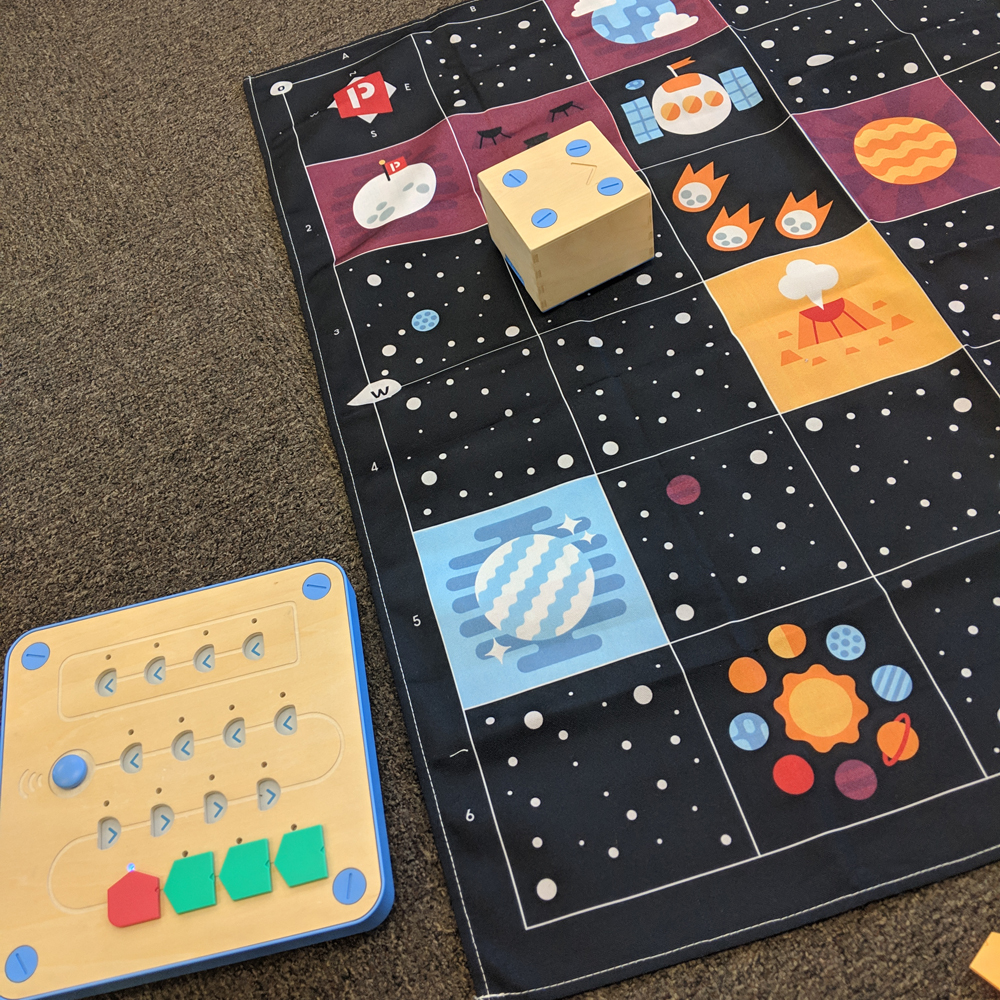
Literacy – Using story books as provocations, have students demonstrate their comprehension of the text by creating particular scenes of the story by coding any of the above robots to move around that scene.
Mathematics – Using the above technologies students develop their understanding of directional language, location and mapping skills.

I have written numerous MTA blog posts that explain lesson ideas for the Junior Primary classroom in further detail. Click the following links for more details lesson ideas. Many of these ideas can also be used with Cubetto too.
- 5 Literacy Bee-Bot Lessons for the Classroom
- 5 Mathematics Bee-Bot Lessons for the Classroom
- Bee Bots in the Classroom
- Dot and Dash in the Classroom
Australian Curriculum Links
English:
Foundation:
- Identify some features of texts including events and characters and retell events from a text (ACELT1578)
- Retell familiar literary texts through performance, use of illustrations and images (ACELT1580)
- Innovate on familiar texts through play (ACELT1831)
Year 1:
- Recreate texts imaginatively using drawing, writing, performance and digital forms of communication (ACELT1586 )
Year 2:
- Create events and characters using different media that develop key events and characters from literary texts (ACELT1593)
Mathematics:
Foundation:
- Describe position and movement (ACMMG010)
Year 1:
- Give and follow directions to familiar locations (ACMMG023)
Year 2:
- Interpret simple maps of familiar locations and identify the relative positions of key features (ACMMG044)
Digital Technologies F-2
- Follow, describe and represent a sequence of steps and decisions (algorithms) needed to solve simple problems (ACTDIP004)
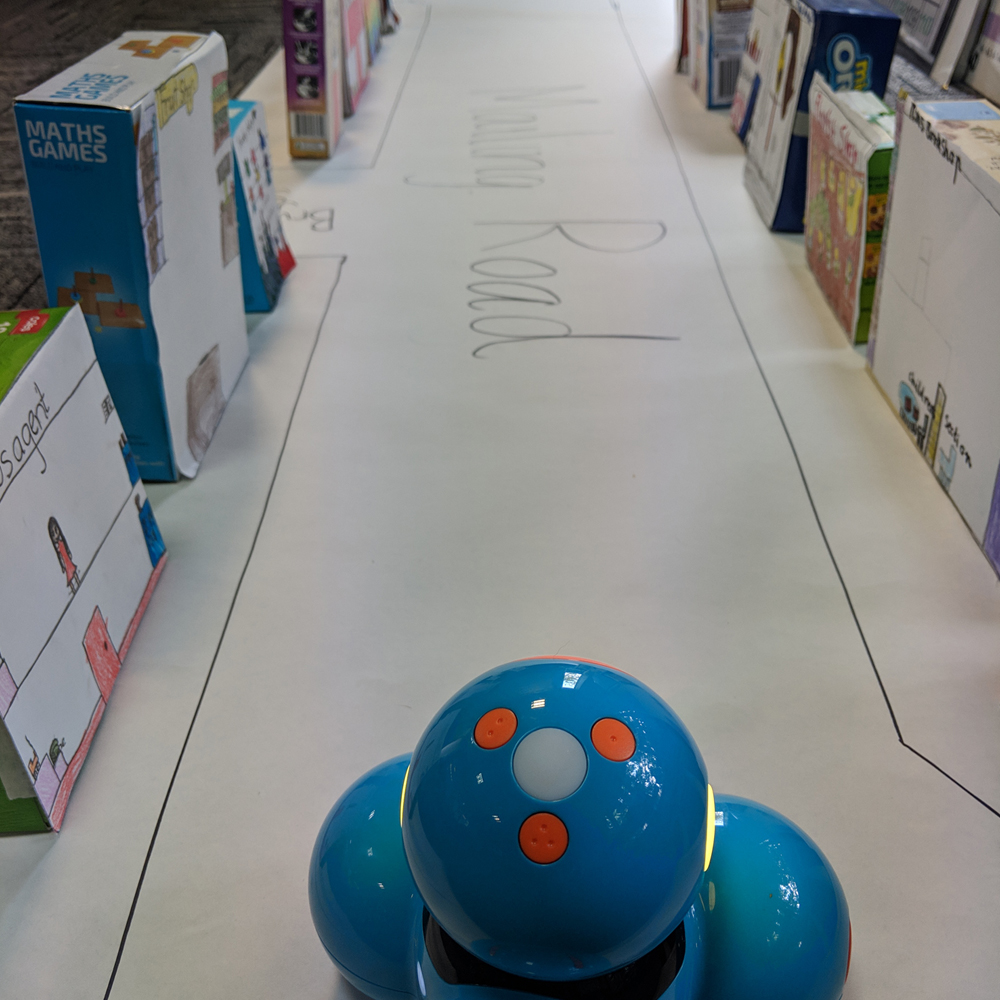
Middle Primary Ideas (Year 3 & 4):
As students’ understanding of Digital Technologies and computational thinking develops, we need to design their learning experiences accordingly. My favourite resources for these classes are Bloxels Builder and Sphero.
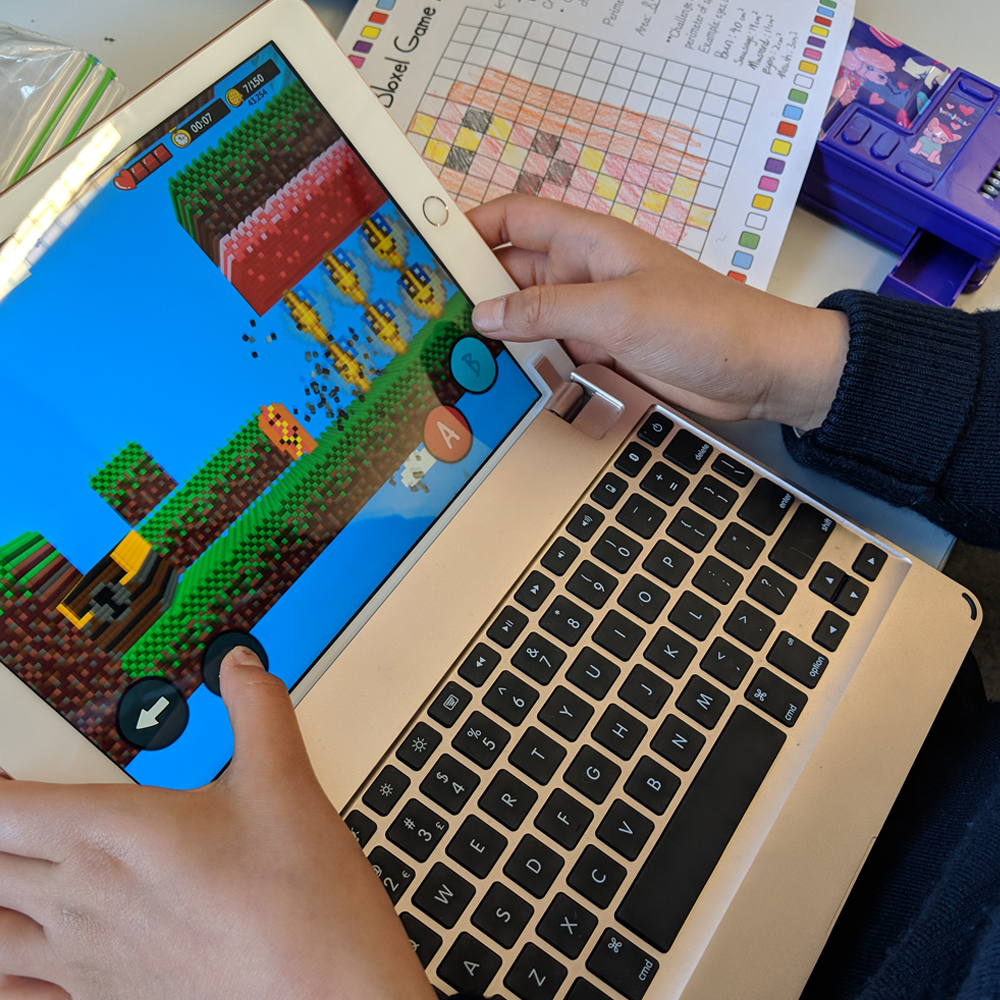
Bloxels Builder is a fantastic platform that allows students to be the creators of their own games. Using the free Bloxels Builder app or the physical gameboard, students use their creativity to design a character and game.

Spheros can roll at a speed of up to 7km/h in any direction, spin, flip and change colour. Using the Sphero EDU App students can accurately direct the movement of the Sphero using block code.
Bloxels
Literacy – Students create a game that represents a virtual story.

Mathematics – Using the 13 x 13 grid, students’ creations will demonstrate their understanding of multiplication, fractions, and area/perimeter.

Sphero
Mathematics – Students can create shapes, navigate mazes and obstacles and play games that require them to demonstrate their understanding of angles, length, time, speed.
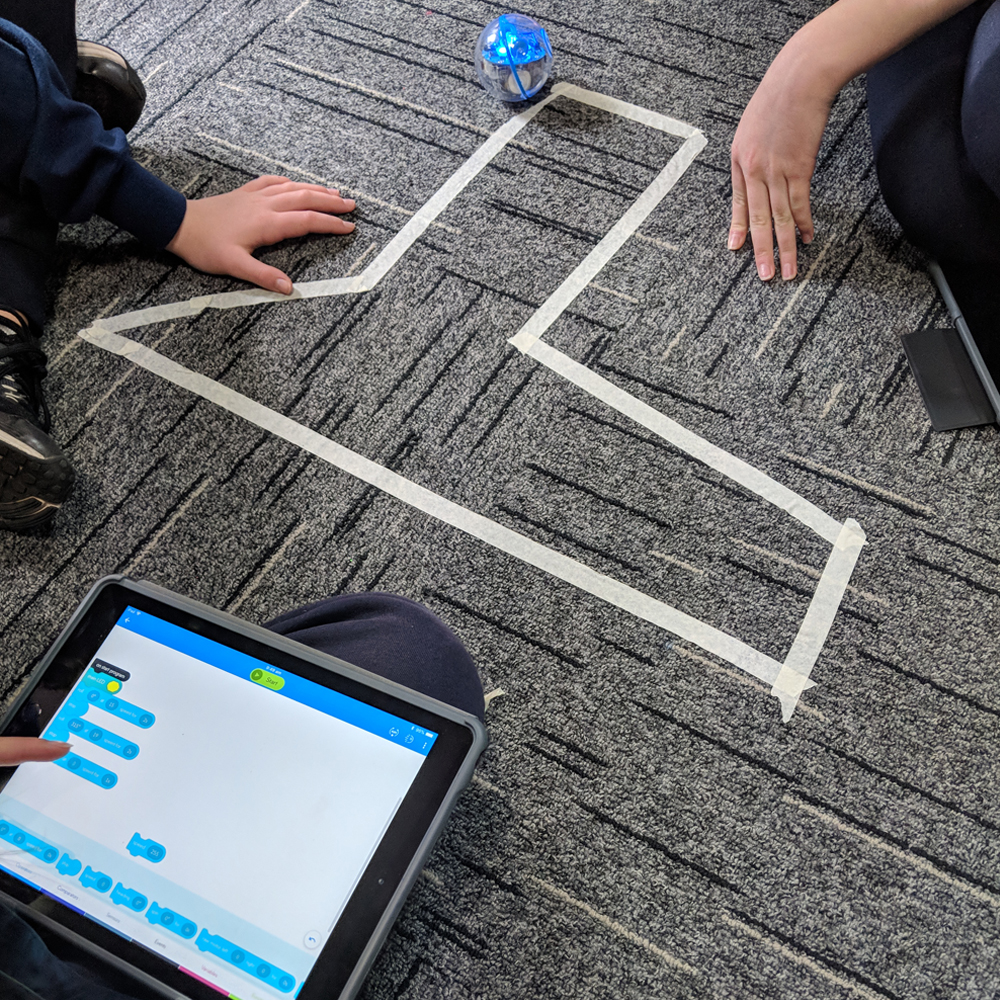
Australian Curriculum Links:
English:
Year 3:
- Create imaginative texts based on characters, settings and events from students’ own and other cultures using visual features, for example perspective, distance and angle (ACELT1601)
Year 4:
- Create literary texts that explore students’ own experiences and imagining (ACELT1607)
Mathematics:
Year 3:
- Create and interpret simple grid maps to show position and pathways (ACMMG065)
Year 4:
- Use simple scales, legends and directions to interpret information contained in basic maps (ACMMG090)
- Compare angles and classify them as equal to, greater than, or less than, a right angle (ACMMG089)
- Recall multiplication facts up to 10 × 10 and related division facts (ACMNA075)
- Compare objects using familiar metric units of area and volume (ACMMG290)
Digital Technologies 3-4:
- Define simple problems, and describe and follow a sequence of steps and decisions (algorithms) needed to solve them (ACTDIP010)
- Implement simple digital solutions as visual programs with algorithms involving branching (decisions) and user input (ACTDIP011)
Upper Primary Ideas (Year 5 & 6):
Upper Primary years students have the ability to apply their learnt skills and knowledge of digital technologies to create solutions to problems. My favourite resources for Upper Primary years are the Micro:bit and SamLabs.
The Micro:bit is a small microcontroller with LED lights, sensors, accelerometer and compass.
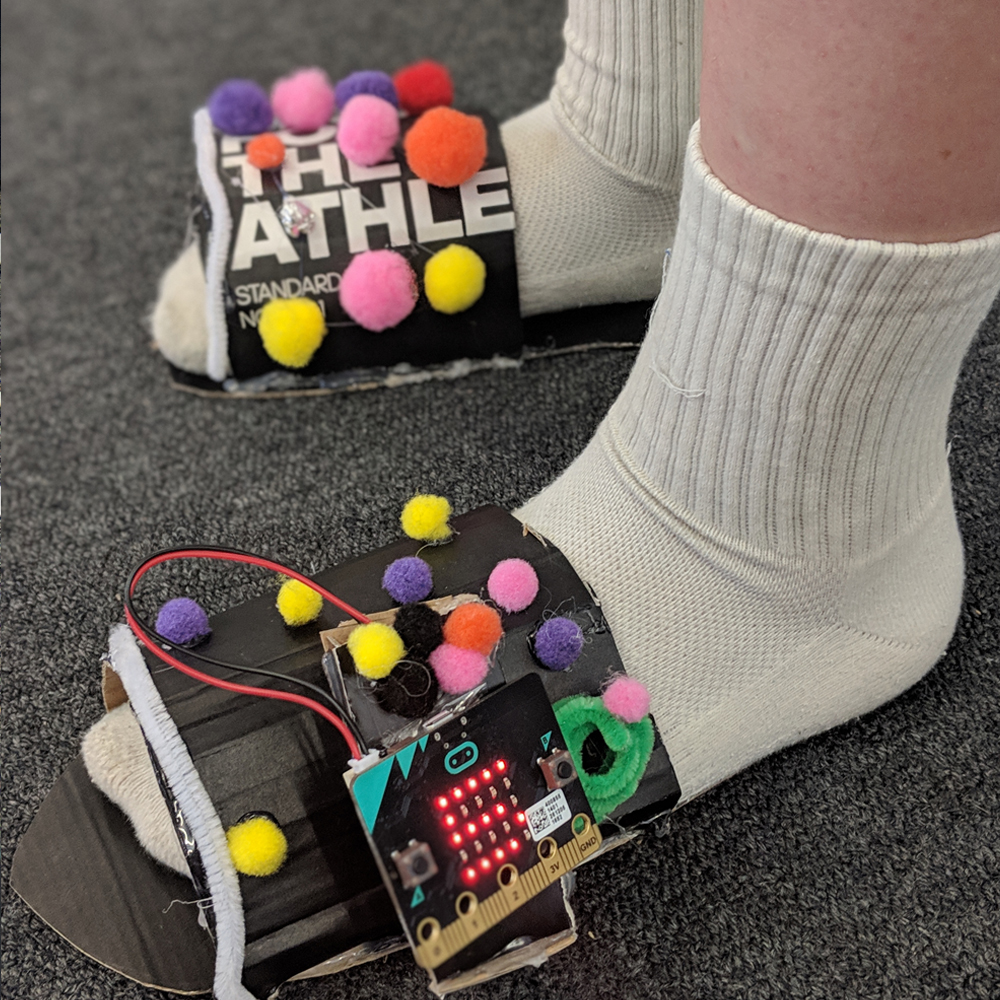
SamLabs are wireless blocks and accessories that connect together including motors, sliders, buttons, lights and sensors.
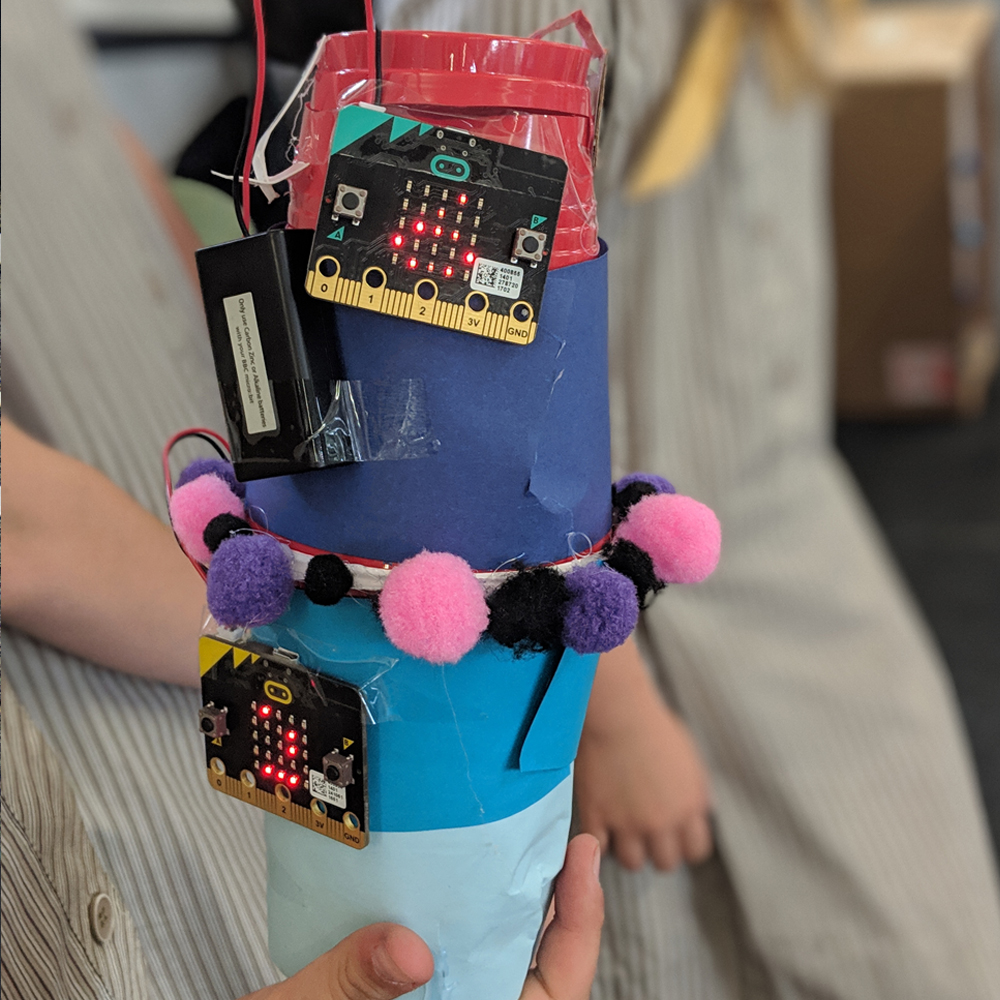
Lesson idea – Using the United Nations Sustainable Goals as a guide, I select two or three goals that link to our unit of inquiry. Students are asked to focus on one of these goals and to create a solution to this problem using either the Micro:bit or SamLabs technologies.
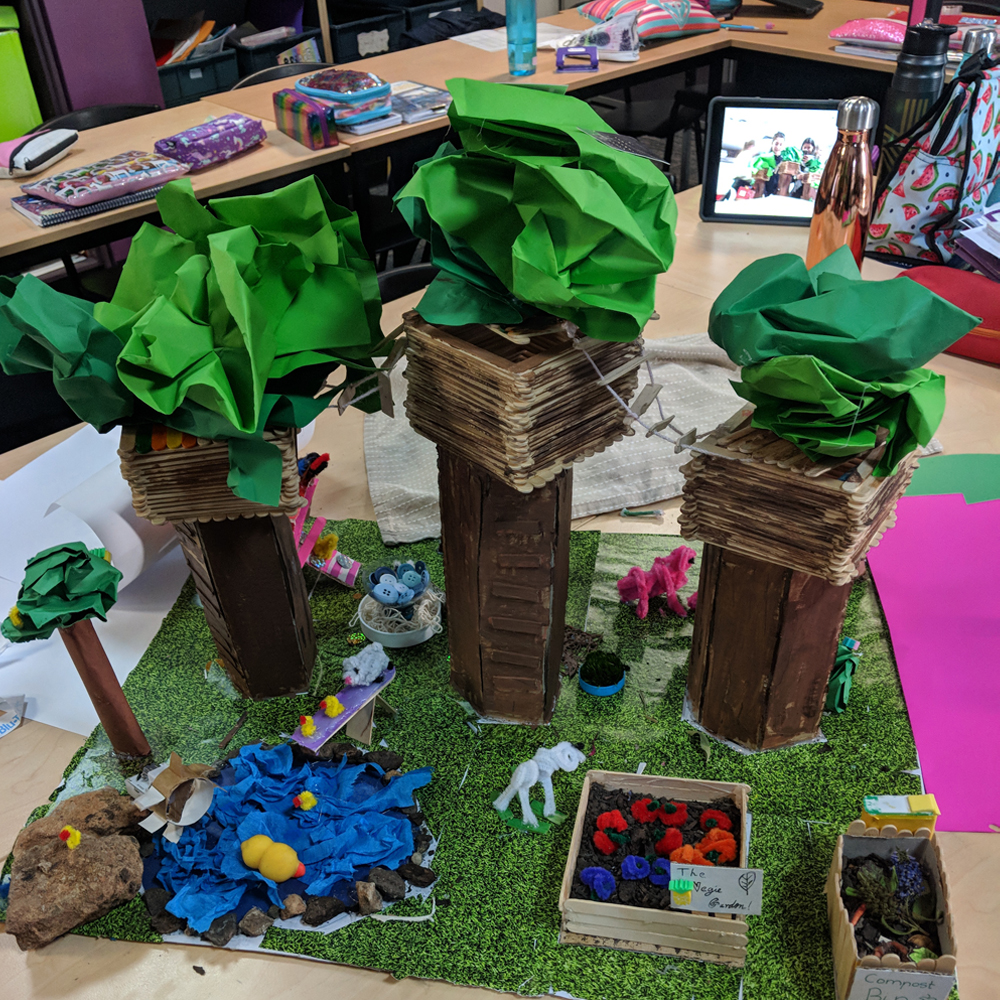
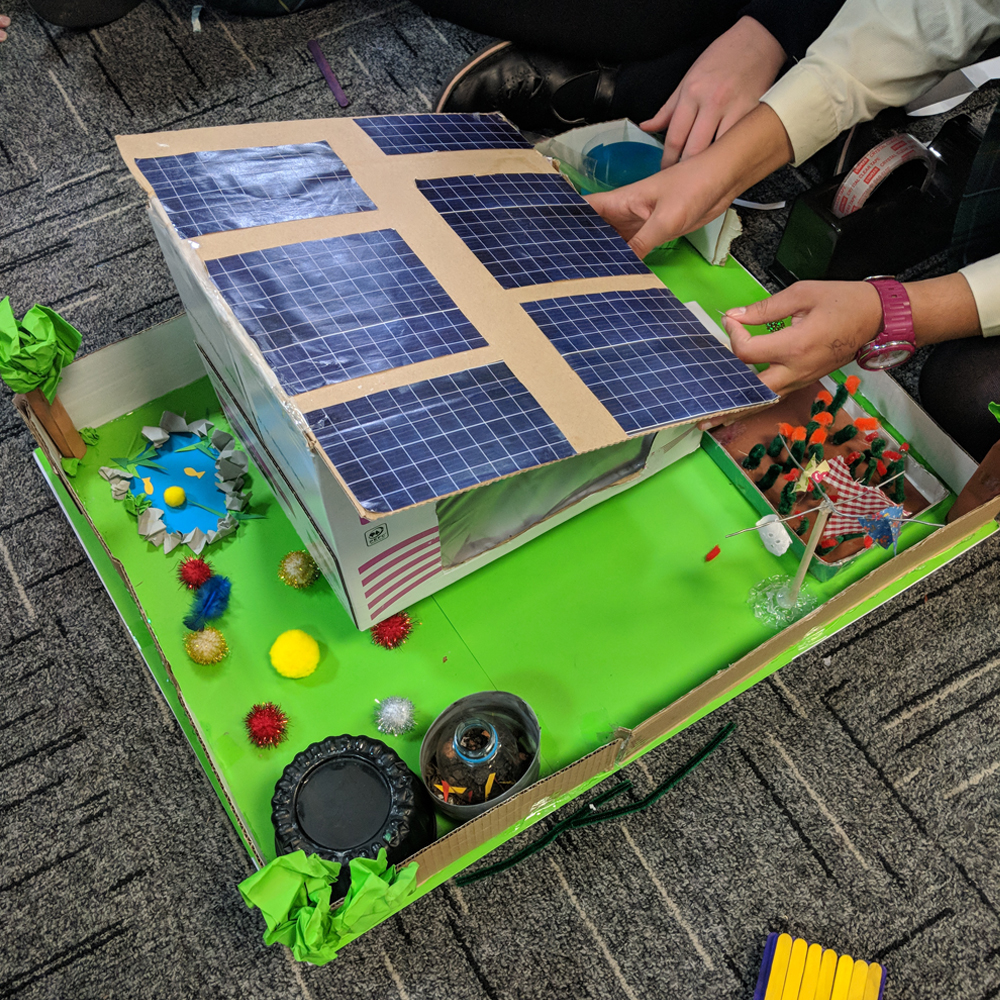
I explore this in more detail (with student examples) in my MTA Blog: Integrating Sam Labs in the Classroom

Australian Curriculum Links:
Digital Technologies 5-6:
- Define problems in terms of data and functional requirements drawing on previously solved problems (ACTDIP017)
- Design, modify and follow simple algorithms involving sequences of steps, branching, and iteration (repetition) (ACTDIP019)
- Implement digital solutions as simple visual programs involving branching, iteration (repetition), and user input (ACTDIP020)
- Explain how student solutions and existing information systems are sustainable and meet current and future local community needs (ACTDIP021)
Science:
Year 5:
- Scientific knowledge is used to solve problems and inform personal and community decisions (ACSHE083)
Year 6:
- Electrical energy can be transferred and transformed in electrical circuits and can be generated from a range of sources (ACSSU097)
- Scientific knowledge is used to solve problems and inform personal and community decisions (ACSHE100)
Whether it be the digital technologies I have highlighted, or any other, technology in our classrooms they should not be seen as something separate, but rather something that is integrated purposefully into student learning experiences. These technologies provide hands-on learning opportunities that allow for students to develop critical thinking, creativity and problem solving.
Featured Products:
Dash & Dot Educational Robots Pack
How are you using Digital Technologies across the curriculum? We would love to hear from you!
About the Author
Eleni Kyritsis is an award winning teacher from Melbourne. She is the Leader of Curriculum and Innovation at Strathcona Baptist Girls Grammar. Eleni facilitates professional learning workshops around the world that focus on unleashing creativity and curiosity in classrooms. You can contact her at elenikyritis.com and @misskyritsis

